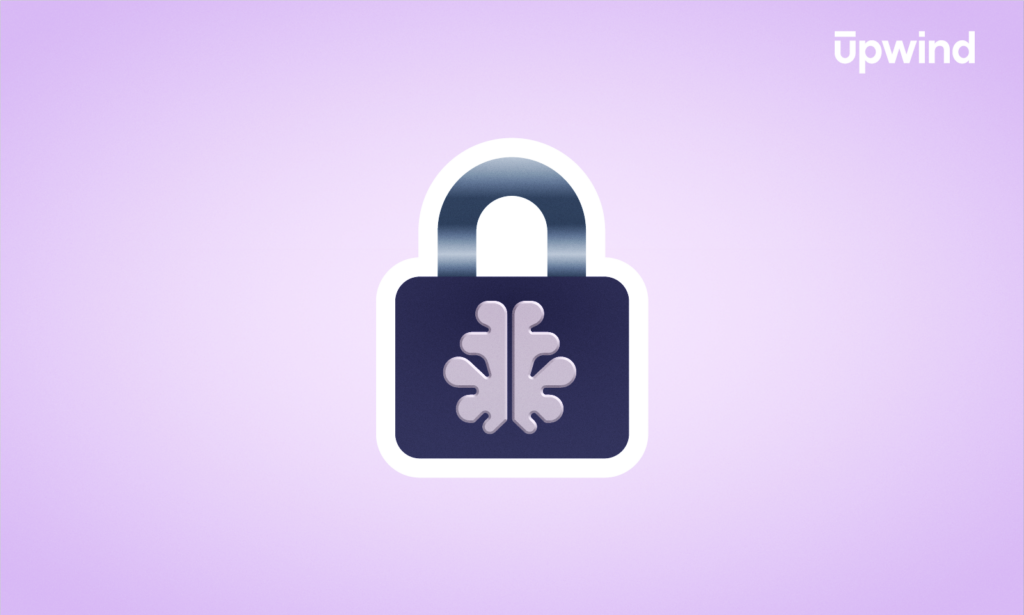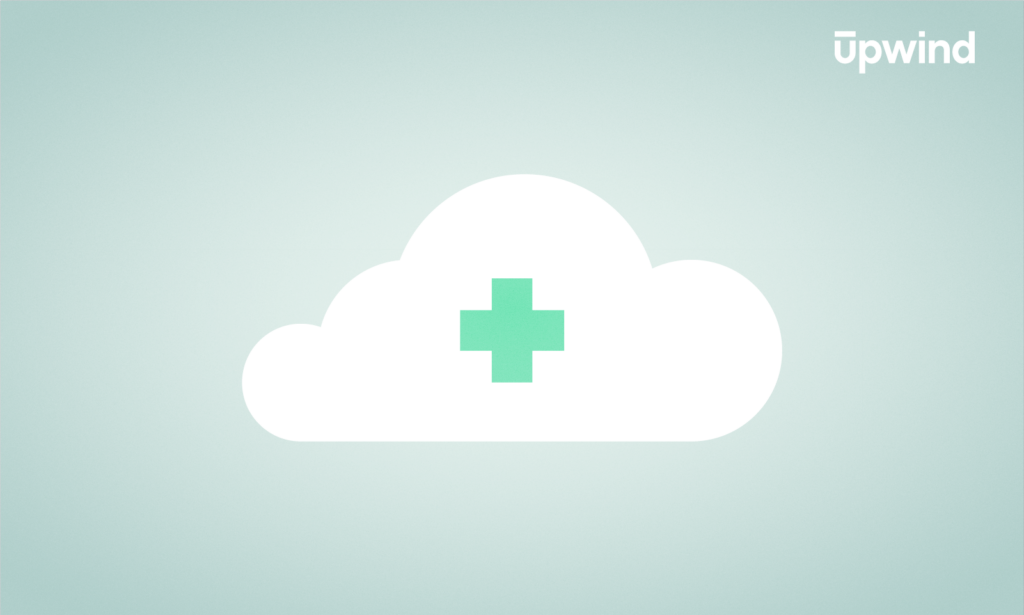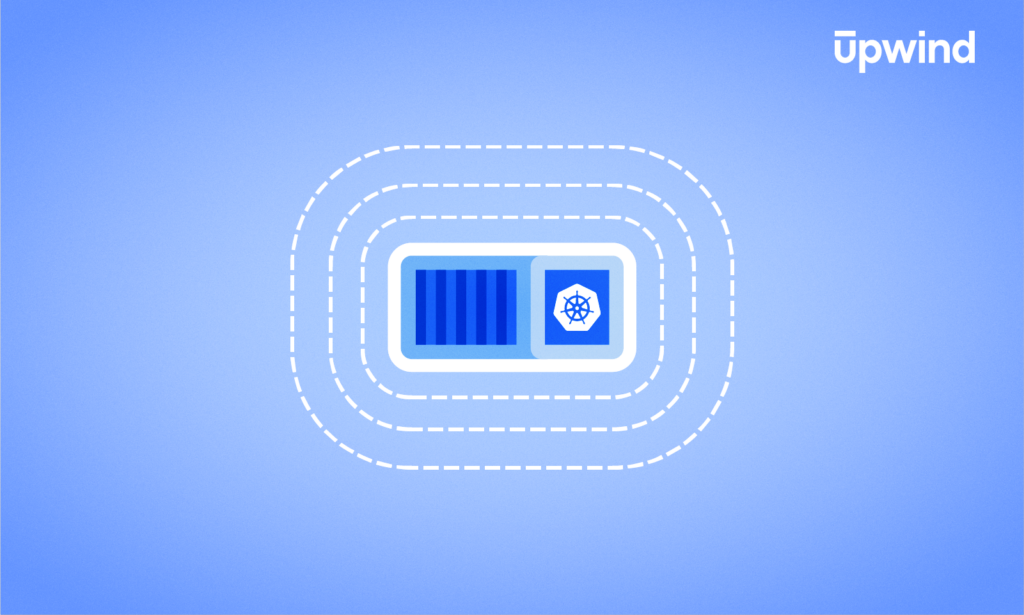
Kubernetes is the most common container orchestration platform on the market today, deployed at scale in thousands of organizations. Hosting a Kubernetes implementation occurs in two ways: on a company-owned, bare-metal server or outsourced to a cloud provider, also known as Kubernetes as a Service or KaaS. But what is KaaS? This blog will examine the benefits and potential drawbacks of KaaS solutions and examine tradeoffs to consider when hosting Kubernetes in the cloud.
What is KaaS?
KaaS is a deployment model where Kubernetes clusters are hosted and managed by cloud providers like Amazon Web Services (AWS), Google Cloud Platform (GCP), and Microsoft Azure, enabling users to start workloads almost immediately. The key feature of KaaS is that the control plane is hosted in the cloud, so users don’t need to configure most Kubernetes infrastructure before deploying containerized workloads.
With KaaS, DevOps teams can focus on building and deploying containerized workloads without managing control plane components like data storage, scheduling, process management, or the API server. The KaaS provider handles patch management for the underlying infrastructure and scales compute resources as workloads grow. This fully managed setup allows DevOps teams to start container orchestration in hours, compared to the extensive setup of bare-metal instances.
While providers offer patches for worker nodes, users still apply them at the layer below the control plane, similar to Infrastructure as a Service (IaaS): the provider secures the cloud, and users secure their workloads to it.
Now, let’s explore why organizations might want to consider KaaS.
What are the Benefits of Kubernetes as a Service?
Kubernetes as a Service offers a few key benefits to most organizations. These include a reduction in management overhead, quicker time to production, improvements in security and access control, improved scalability, faster upgrades, and often a more predictable cost. But embracing the cloud environment, and managed solutions in particular, can come with added threats.
Nevertheless, Kubernetes benefits make a compelling case for KaaS. Ultimately, each advantage also presents security and operational tradeoffs, particularly in runtime and container security.
Reduced Management Overhead
KaaS reduces the management load by handling complex control plane components like data storage, scheduling, and process management. That frees up time and resources, allowing teams to focus on deploying and scaling applications instead of orchestrating infrastructure.
However, offloading these tasks to a provider means relinquishing some visibility and control, particularly in configuration hardening and security patch timing. With KaaS, the provider’s default settings govern most of the infrastructure, which may not align with an organization’s specific security requirements. While KaaS minimizes infrastructure maintenance, it emphasizes the need for runtime and container-level security monitoring to mitigate any potential blind spots in provider-managed components.
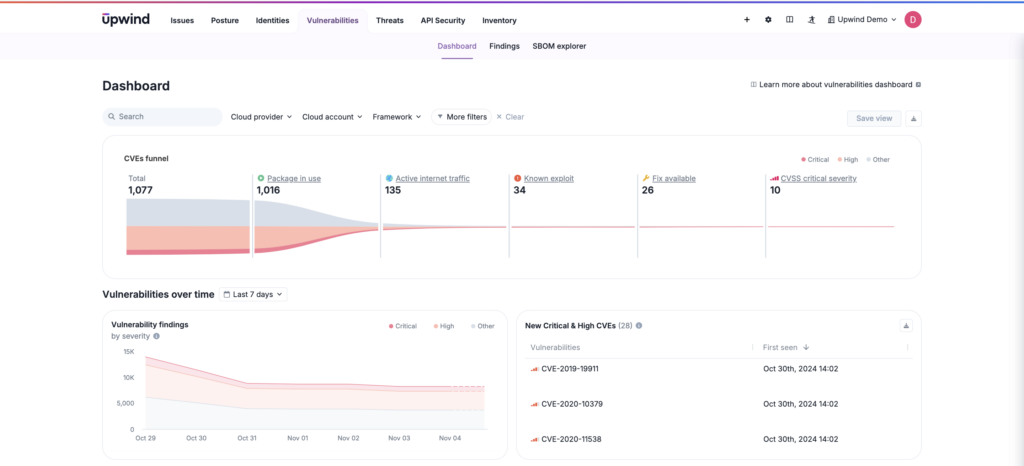
Quicker Time to Production
KaaS dramatically accelerates the time it takes to deploy Kubernetes clusters. Instead of the lengthy setup and configuration process required for an in-house Kubernetes deployment, KaaS allows teams to spin up clusters in hours. This speed enables developers to move from concept to production quickly, meeting product demands and deadlines more effectively.
However, with this speed come security tradeoffs. Rapid deployment through KaaS may bypass the detailed configuration and security hardening that a slower, self-managed setup would typically allow. For instance, data protection measures for critical components like ectd (a distributed key-value store used in Kubernetes) may rely on the provider’s default protections. And since KaaS setups often skip some manual security steps, they can increase reliance on runtime security measures to catch vulnerabilities that might have been addressed in initial setup phases.
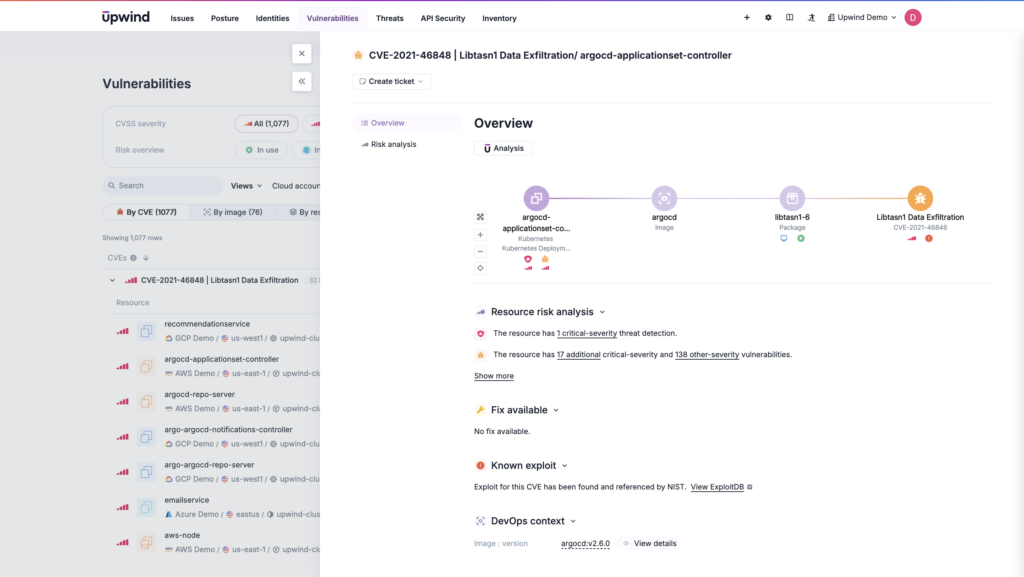
Better Security and Access Control
KaaS simplifies Kubernetes security by handling control plane protections and access management. With KaaS, companies can leverage the security expertise and resources of cloud providers, who offer built-in controls, like advanced role-based access control (RBAC) and pre-configured access policies that help secure critical Kubernetes components. That approach is ideal for smaller teams that may otherwise struggle to implement comprehensive, fine-tuned access controls, particularly for non-human identities.
However, relying on a KaaS provider for security management also introduces a degree of dependency. While providers set up strong default security measures, they may not cover organizational needs, especially regarding inter-service communication, such as API interactions with etcd. Additionally, the visibility and customization of security settings are limited, which can constrain many organizations.
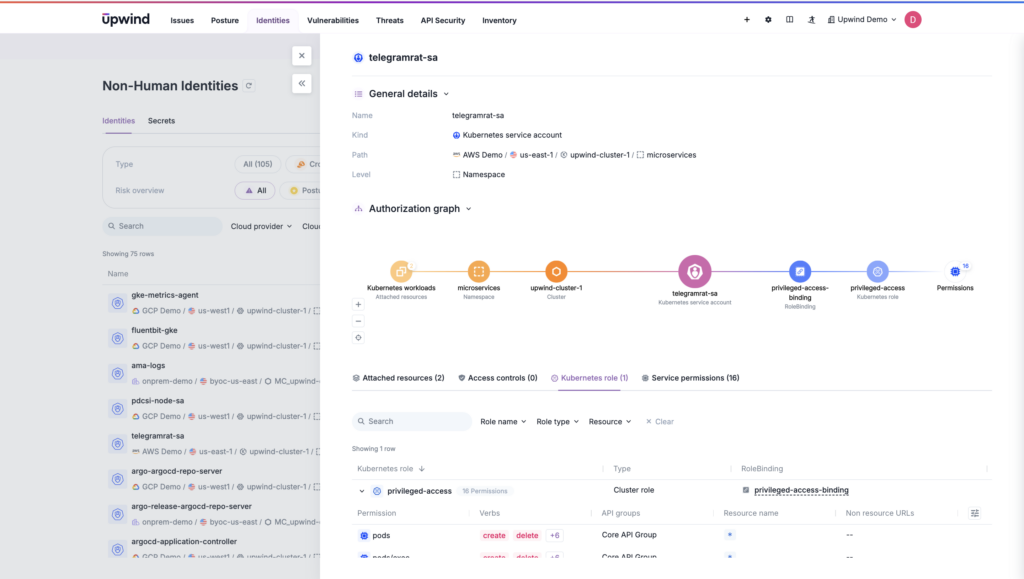
Scalability
KaaS offers seamless scalability, allowing Kubernetes clusters to expand automatically based on workload demands. In a self-managed Kubernetes setup, scaling typically requires manual intervention, which can slow down response times and lead to operational inefficiencies. With KaaS, cloud providers handle the scaling process, allowing organizations to meet increased demand without constant manual oversight. That’s ideal for traffic spikes and high-demand periods.
While KaaS simplifies scaling, it introduces potential limitations tied to the provider’s infrastructure. Automatic scaling in a shared environment could lead to bottlenecks if resources are limited or other tenants are competing for the same underlying hardware. Additionally, with scaling managed externally, organizations have less granular control over allocating resources, which impacts both performance and security monitoring.
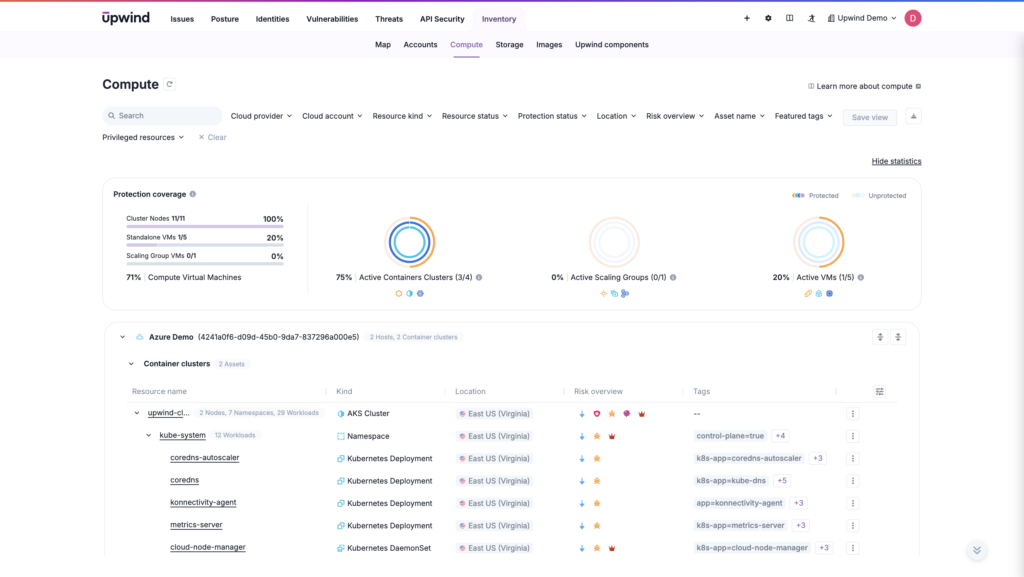
Faster Upgrades
KaaS simplifies the upgrade process by offloading responsibility for Kubernetes infrastructure updates to the cloud provider. Regular updates from the active Kubernetes development community ensure frequent, community-driven updates, enhancing stability and availability with no effort from development teams.
The tradeoff? Teams have no control over the provider-managed update schedule and compatibility testing. Automatic updates may not align with internal timelines or specific configurations, and unexpected changes can impact application compatibility or runtime security setups, changing APIs, component behaviors, or access controls.
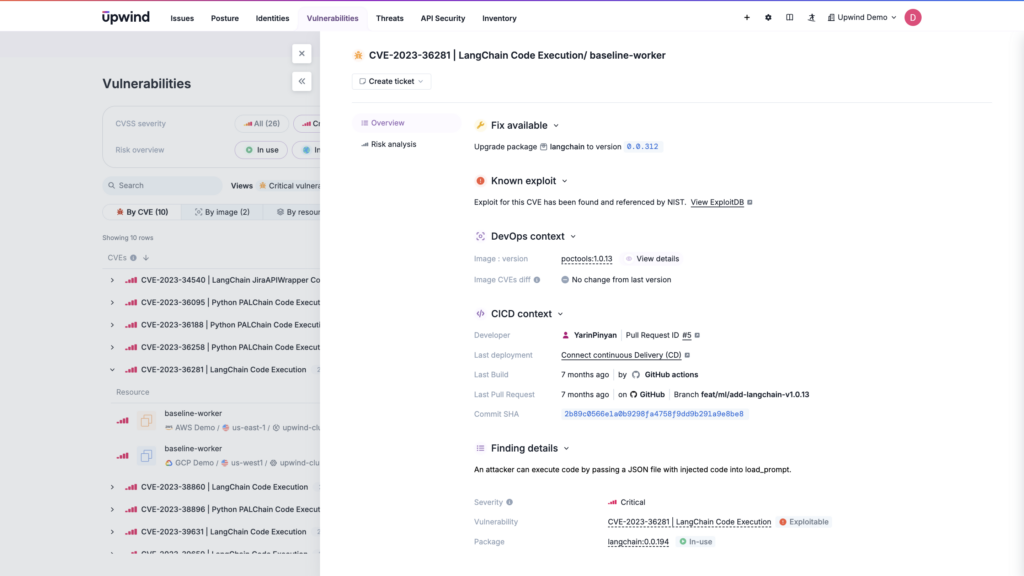
Lower Cost of Ownership and More Predictability
KaaS reduces costs by eliminating the need for on-premises hardware, maintenance, and infrastructure management, resulting in a lower total cost of ownership. Instead of investing in physical servers, companies can leverage the provider’s infrastructure, with costs that are generally tied to usage. That makes for predictable expenses, scaling costs up or down as workloads fluctuate, without the surprise of capital expenditures for new hardware.
This predictability comes with some caveats. Usage-based pricing means costs can increase sharply during peak periods. Additionally, while KaaS minimizes hardware expenses, multi-tenant cloud environments can lead to resource contention, which can affect performance and could, over time, reduce cost savings compared to finely-tuned, bare-metal setups. Monitoring tools that help track resource usage closely can help control costs while maximizing the benefits of a managed Kubernetes environment.
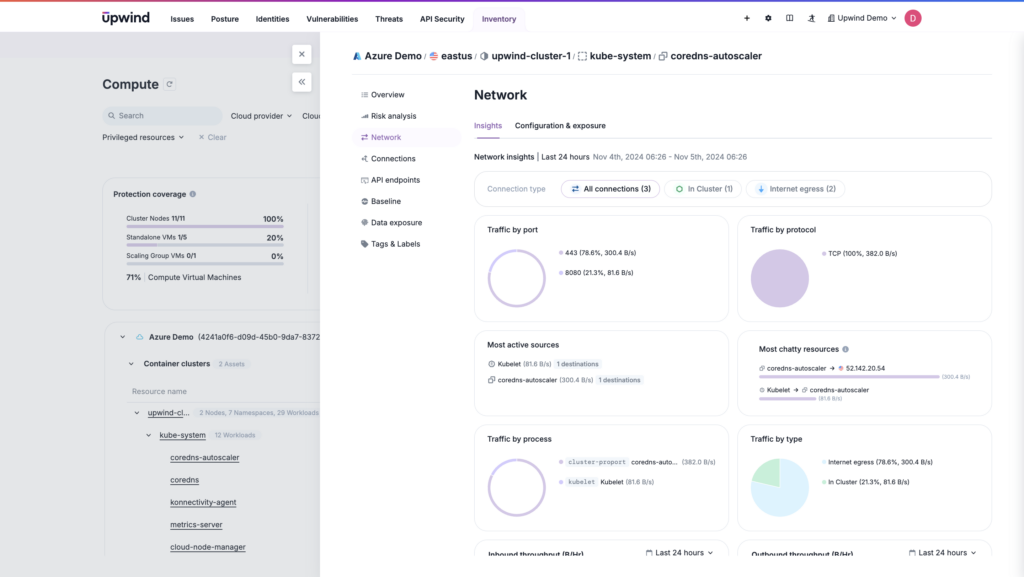
Alternatives to Kubernetes as a Service
KaaS is a popular choice for container orchestration, but several alternatives provide different advantages depending on organizational needs, resources, and priorities. While KaaS offers simple deployment and reduced management resources, it also comes with drawbacks like lack of control over infrastructure and dependency on vendor patch schedules. Below, we compare the main alternatives to KaaS.
| Alternative | Description | Benefits | Tradeoffs |
| Self-Managed Kubernetes | A Kubernetes cluster deployed and managed entirely by the organization on-premises or in the cloud | Full control over infrastructure, customization options, potential for optimal resource usage | High management overhead, in-house Kubernetes expertise, complex to maintain |
| Container Orchestration on VMs | Deploy containers without Kubernetes, managed on VMs (e.g., Docker Swarm, ECS without Fargate) | Simpler setup and easier for smaller applications | Lacks orchestration and scaling features, manual scaling and monitoring needed |
| Bare-Metal Kubernetes | Kubernetes clusters deployed directly on physical servers, usually on-premises | High performance, full control over hardware, cost savings in large environments | Significant setup and maintenance, higher initial costs, hardware expertise |
| Platform as a Service (PaaS) | Managed platforms that handle container orchestration as part of a broader platform (e.g., Google app Engine, Heroku) | Minimal setup required, fully managed environment, fast time to production for basic applications | Limited customization, less control over infrastructure, can become costly as applications scale |
| Hybrid Cloud Kubernetes | Deploy Kubernetes in a combination of on-premises and cloud environments, leveraging tools like Anthos or Azure Arc | Flexible resource usage, control over sensitive data in private environments, reduced dependency on vendors | Complex to manage and integrate, may require multiple tools to ensure seamless operation between environments |
| Serverless Containers | Running containers in a serverless environment (e.g., AWS Fargate, Azure Container Instances) without direct infrastructure management | Highly scalable, no server management, pay-as-you-go model fits variable workloads | Limited control over containers, not suitable for complex orchestration, potential for high costs under heavy use. |
Once you’re using KaaS, several new hurdles often come to light, particularly in areas of performance, visibility, and infrastructure dependency. Here’s a breakdown of some of the most common challenges that emerge:
- Resource Visibility and Usage Management
- Challenge: While KaaS abstracts much of the infrastructure management, it can reduce transparency over resource use, especially in multi-tenant environments.
- Impact on Tech Outcomes: Limited visibility makes it harder to track and, therefore, optimize performance, leading to potential inefficiencies or unexpected costs. Organizations may need additional monitoring solutions to ensure effective resource usage and cost control.
- Vendor Dependency and Control Constraints
- Challenge: Since a third party manages the control plane, teams have reduced direct control over components like API servers,
etcd, and nodes.
- Impact on Tech Outcomes: Limited control may restrict customization, potentially impacting application performance or limiting specific security configurations. Teams might also find themselves waiting for vendor-scheduled patches or upgrades, which could delay security or performance improvements.
- Security and Compliance Complexity
- Challenge: KaaS environments require a shared security responsibility model, where the provider secures the infrastructure, but the user remains responsible for workload security.
- Impact on Tech Outcomes: While KaaS providers implement robust infrastructure security, maintaining compliance with industry-specific regulations often requires supplemental security practices. Organizations must ensure runtime security, identity management, and data protection measures align with their compliance standards.
- Networking and Latency
- Challenge: Multi-tenant KaaS environments may provide a different network performance than dedicated, self-managed clusters. Latency can become an issue, especially with cross-region traffic.
- Impact on Tech Outcomes: Higher latency may affect application performance, especially for real-time or high-throughput applications. Cloud providers may also restrict network configurations, making it harder to optimize or troubleshoot specific networking issues.
- Interoperability and Integrations
- Challenge: Integrating KaaS with existing tools and workflows can get challenging, especially in multi-cloud environments.
- Impact on Tech Outcomes: Teams may need to adapt their CI/CD, monitoring, and security workflows to work with KaaS, which can introduce learning curves and slow development cycles.
While KaaS offers operational efficiencies, it comes with new responsibilities and challenges, including enhanced oversight of resource usage and security practices. For organizations using KaaS, adjusting tech strategies to address these challenges is key to realizing the benefits of KaaS without compromising performance or security.
Upwind Supports Kubernetes as a Service
The Upwind Cloud Native Application Protection Platform (CNAPP) is designed to secure Kubernetes and containers no matter where they run. It includes support for any workload and orchestration, including Google Kubernetes Engine, Amazon EKS, Azure Kubernetes Service, and any on-premises Kubernetes implementation.
Upwind’s features designed to secure Kubernetes as a Service include:
- Automated threat detection – Upwind users can methodically kill threats at the process level and selectively target and stop threats without interrupting cloud operations. That lets security teams protect Kubernetes implementations and containers without shutting down running containers.
- Detection of exposed Kubernetes dashboards – Upwind empowers users to detect when dashboards are exposed, empowering security teams to mitigate risks and resolve vulnerabilities in the dashboard.
- Protection for human and non-human identities – Upwind Identity Security offers a centralized platform to manage permissions regardless of whether from a human, container, or other asset.
- Full topology and risk mapping of the entire environment – Upwind provides full visibility into the entire network, with every flow, every application, and every infrastructure change laid out on a topology-based timeline database. That includes risk mapping to demonstrate where the biggest potential vulnerabilities lie in cloud environments.
KaaS has empowered enterprises of all sizes to leverage the power of K8s without needing to manage and monitor their own hardware. That said, KaaS needs to be protected like every other aspect of cloud technology. Upwind can help with that.
To learn more about Upwind’s approach to KaaS security and get advice on best practices, schedule a demo.

